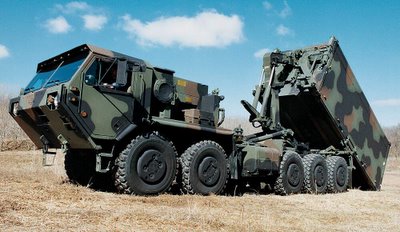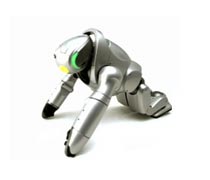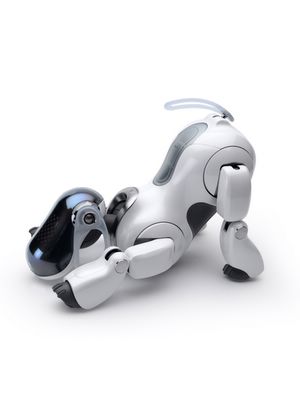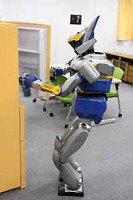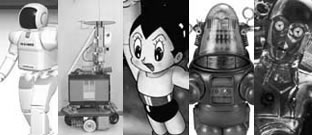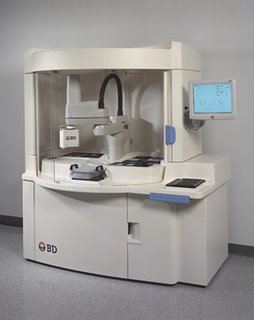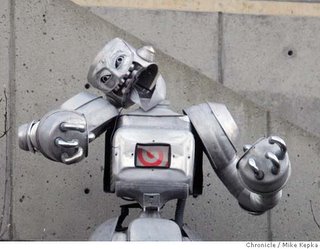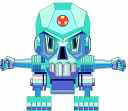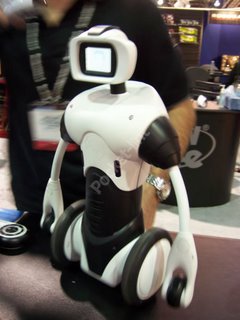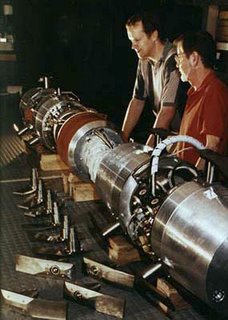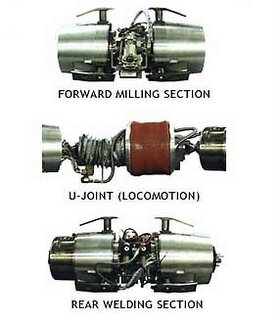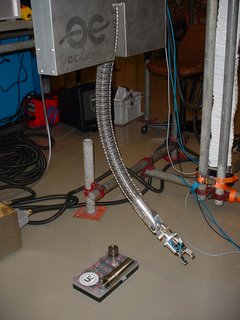Rehab Robots
Rehab's robotic revolution
By Chris Woolston
... KineAssist is just one of a legion of smart machines poised to bring physical therapy into the
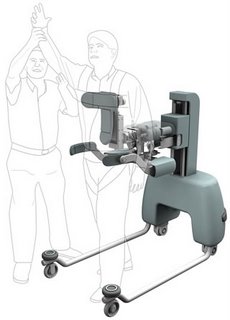 high-tech age. Researchers envision a day when robots will become standard equipment in rehabilitation centers, giving stroke patients — and possibly patients with spinal cord injuries — a chance to take their recovery further than previously possible.
high-tech age. Researchers envision a day when robots will become standard equipment in rehabilitation centers, giving stroke patients — and possibly patients with spinal cord injuries — a chance to take their recovery further than previously possible.The KineAssist was developed at the Rehabilitation Institute of Chicago.
The machine already has Food and Drug Administration approval as an exercise device, and formal clinical studies are in the planning stage.
Stroke-damaged arms are the target of another kind of robot: the MIT-Manus, which was designed by engineers at the Massachusetts Institute of Technology.
As part of their rehabilitation, patients play video games while wearing the MIT-Manus. The robot uses sensors to track the arm's motion. If a patient can't make a certain movement, the robot will guide his arm or rotate his wrist.
Studies have found the therapy can improve arm function by 25% to 30% — about double the improvement of standard physical therapy.
MIT has recently developed an "ankle-bot" designed to give strength and flexibility to stroke-damaged ankles. The ultimate goal, researchers say, is to create a team of robots to cover all of the major joints — a shoulder-bot, a hip-bot and more.
Rehab's robotic revolution - Los Angeles Times
Related: Robotic Arm Aids Stroke Survivors



